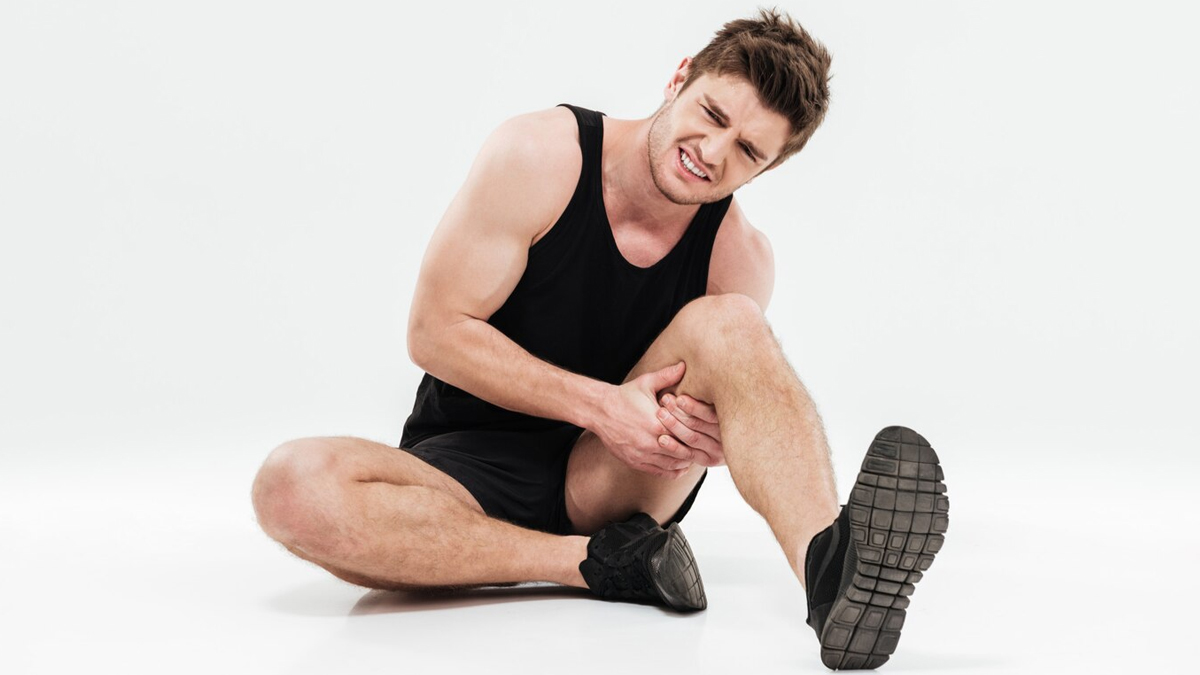
High-end sneakers may come with hefty price tags and sleek designs, but they’re not always built with foot health in mind. While they promise comfort, performance, and style, many sneakers are starting to feel the cost where it hurts most, their ankles and feet. From shin splints to stress fractures, orthopaedists are seeing a growing number of injuries linked to premium footwear.
Table of Content:-
What’s causing this? Often, it’s not the brand, it’s the design. To know why high-end sneakers could sabotage your foot health, OnlyMyHealth talked to Col (Dr) Narinder Kumar, Director, Orthopaedics & Joint Replacement, Apollo Hospitals Lucknow, and what to look for instead.
Most Common Injuries Caused by Trendy Sneakers
Despite the hype, high-end sneakers can lead to a range of injuries, especially when worn regularly without proper fitting or consideration for foot mechanics. According to Dr Kumar, the most common foot and ankle issues linked to sneaker shoes include:
- Stress fractures caused due to inadequate shock absorption or misalignment.
- Shin splints are caused by repetitive stress on the lower leg muscles.
- Achilles tendonitis from poor heel structure or excessive heel elevation.
- Plantar fasciitis is triggered by a lack of arch support or poor cushioning.
- Ankle sprains from unstable or overly thick soles.
“Many of these conditions can develop gradually, with mild discomfort worsening into chronic pain if ignored,” added Dr Kumar.
ALSO READ: Tips For Strengthening Ankles for Knee Pain Relief
How do Thick Soles or Excessive Cushioning in Sneakers Harm the Ankle or Foot?![01]()
The major myth with thicker soles is that the more cushioning it has, the more support they will offer. Moreover, weight issues increase the likelihood of such features interrupting the normal biomechanics of walking or running. “A thick sole can lead to falls due to instability, causing ankle sprains and even fractures occasionally. Extra stress on the patellar tendon can cause tendonitis, too,” explained Dr Kumar.
High soles have the potential of placing your foot at a very high position, which makes it unstable and more prone to rolling the ankle. This becomes even more hazardous when walking on irregular surfaces or when making sudden movements, which expose them to sprains or falls.
Is High-End Sneaker Healthier?
Not necessarily. It is not the price mark, but the premise that anything priced high will naturally be of high quality, but it isn’t the case with orthopaedic support. Most of the high-end brands are concentrated more on the aesthetic or cushioning fads rather than supporting the anatomical needs.
Dr Kumar tells, “It is more important to have well-fitting sneakers which have been properly 'broken in' rather than just about the cost.”
ALSO READ: How Effective Are Ankle Weights And What To Consider While Using Them
What to Look for in a Foot-Friendly Sneaker?
If you’re shopping for high-end sneakers, especially for long wear or frequent walking, it’s essential to look beyond branding and price. As advised by Dr Kumar, the right sneaker should have:
- Good arch support to maintain proper foot alignment.
- A roomy toe box to avoid squeezing toes or causing blisters.
- Cushioned mid-foot sole to absorb shock.
- A sturdy heel counter for heel stability.
- A non-slip sole for traction and balance.
- High-top extensions ending above the ankle for added ankle support.
- Laces for a more secure fit over slip-ons or Velcro shoes.
These features help ensure the shoe supports the natural movement of the foot, prevents injuries, and maintains long-term comfort.
Why Foot Pain Exists Even with Premium Footwear?![2 (37)]()
“It's usually the fitting which is poor in such a scenario. It's important to buy the right size of shoes. Preventing this is possible by trying the shoe first for fitting before buying (online purchase may not be a good idea),” concluded Dr Kumar.
In most cases, people buy shoes that do not fit very well because they are either too big, too small, or do not fit the particular foot shape. The issue is even worsened by online shopping because consumers hardly ever get to test shows in the stores leaving out all the important tests such as the intricacies of a shoe, the space of the shoe at the toe, the grip of the shoe on the heels and the fit of the arch of the foot on the arch of the shoe.
ALSO READ: 7 Foot, Ankle & Toe Exercises For Better Workout
The Bottom Line: Fit Over Fancy
Shoes are not only a matter of fashion, but also an essential component of your skeletal framework. Although the premium sneakers can score a goal on the design front, they tend to do poorly in the orthopaedic support. Being focused on the level of structure, fit and functionality rather than brand name or fashion factor can ensure your ankles, knees and posture in its entirety.
The next moment you feel like spending too much to buy a fancy pair of kicks, stop in your tracks - physically and literally - and renegotiate whether they are helping you out on your feet.
Also watch this video
How we keep this article up to date:
We work with experts and keep a close eye on the latest in health and wellness. Whenever there is a new research or helpful information, we update our articles with accurate and useful advice.
Current Version

-1752064165136.jpg)